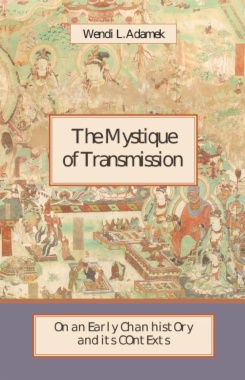The Spanish Pacific designates the space Spain colonized or aspired to rule in Asia between 1521 -- with the arrival of Ferdinand Magellan -- and 1815 -- the end of the Manila-Acapulco galleon trade route. It encompasses what we identify today as the Philippines and the Marianas, but also Spanish America, China, Japan, and other parts of Asia that in the Spanish imagination were extensions of its Latin American colonies. This reader provides a selection of documents relevant to the encounters and entanglements that arose in the Spanish Pacific among Europeans, Spanish Americans, and Asians while highlighting the role of natives, mestizos, and women. A-first-of-its-kind, each of the documents in this collection was selected, translated into English, and edited by a different scholar in the field of early modern Spanish Pacific studies, who also provided commentary and bibliography.
- Cover
- Table of Contents
- Abbreviations
- Acknowledgements
- Introduction
- Christina H. Lee and Ricardo Padrón
- 1. An Early Transpacific Account of the Spice Islands by Andrés de Urdaneta (1536)
- 2. Domingo de Salazar’s Letter to the King of Spain in Defense of the Indians and the Chinese of the Philippine Islands (1582)
- 3. Juan Cobo’s Map of the Pacific World (1593)
- Ricardo Padrón, with translation by Timothy Brook
- 4. A Royal Decree of Philip III Regulating Trade between the Philippines and New Spain (1604)
- Natalie Cobo and Tatiana Seijas
- 5. Manila’s Sangleys and a Chinese Wedding (1625)
- 6. Don Luis Castilla Offers to Sell Land in Manila (1629)
- 7. Idolatry and Apostasy in the 1633 Jesuit Annual Letter
- 8. The Will of an Indian Oriental and her Chinos in Peru (1644)
- 9. Francisco de Combés’s History of Mindanao and Jolo (1667)
- Ana M. Rodríguez-Rodríguez�, with translation assisted by Cortney Benjamin
- 10. Between Fiction and History in the Spanish Pacific
- The Misfortunes of Alonso Ramírez (1690)
- Nicole D. Legnani
- 11. A Moluccan Crypto-Muslim before the Transpacific Inquisition (1623–1645)
- 12. Constitutions and Rules of the Beatas Indias (1726)
- 13. The Poetics of Praise and the Demands of Confession in the Early Spanish Philippines
- Notes and Documents
- Vicente L. Rafael
- 14. The Pacific Theater of the Seven Years’ War in a Latin Poem by an Indigenous Priest, Bartolomé Saguinsín (1766)
- 15. A Prohibition on Digging Up the Bones of the Dead (1813)
- Index
- Backcover

